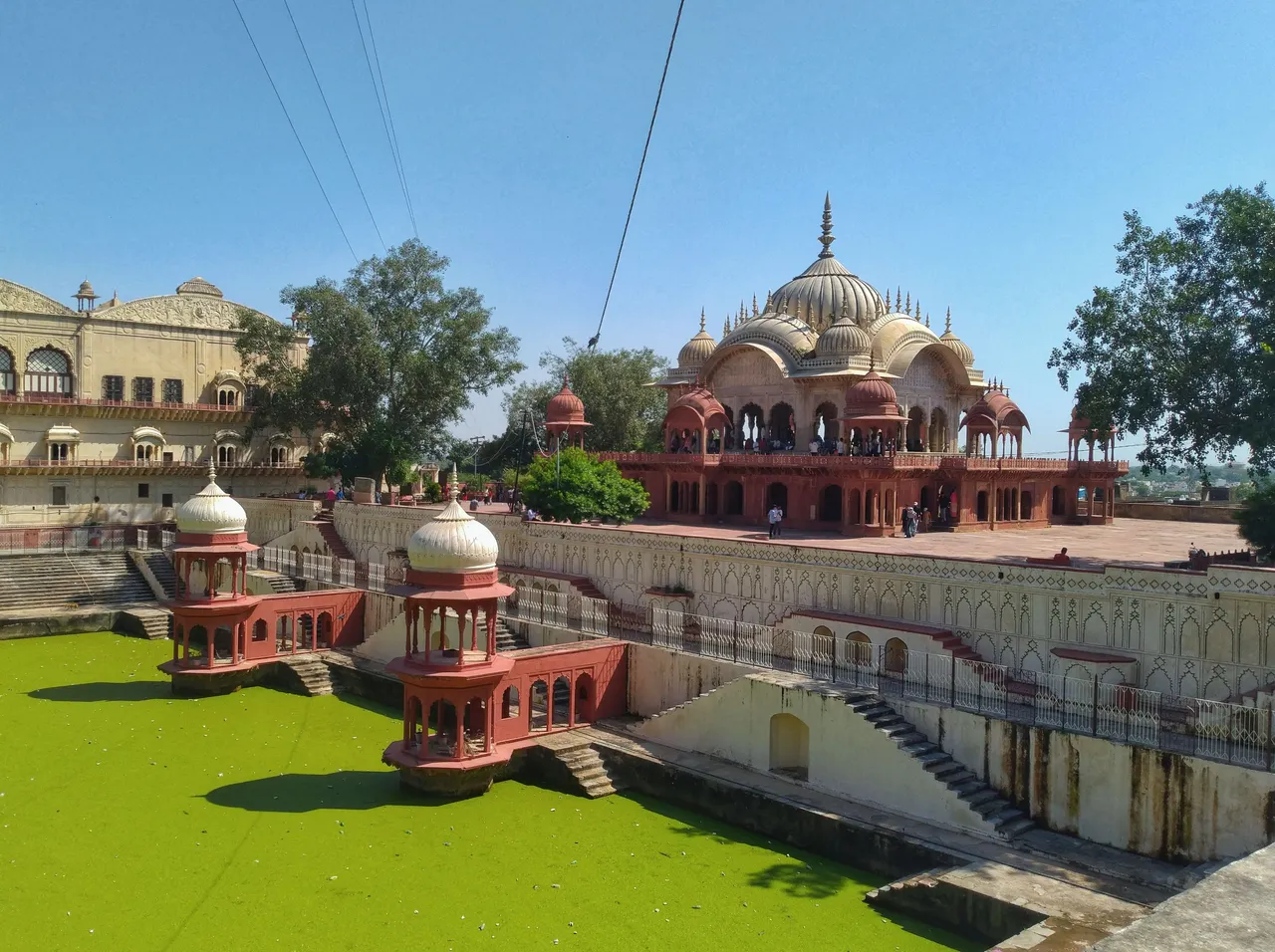Welcome back to another episode of Incredible India. In the previous episode, we visited the Red Fort in Delhi. Whereas in this episode we will go to Rajasthan's Alwar and get to know about the beautiful, historical architectural place known as the Moosi Maharani Ki Chattri.


Moosi Maharani Ki Chattri (Cenotaph of Maharani Moosi)

It is a double-storeyed structure, made up of red sandstones and white marbles, commissioned to be built in 1815 by then Alwar's rule "Maharao Raja Sawai Viney Singh (1815-57)", in the memory of Alwar's last ruler "Maharao Raja Sawai Bakhtawar Singh (1791-1815)" and his queen, Maharani Moosi who practised sati after the death of Bakhtawar Singh.

View of Cenotaph of Maharani Moosi along with a beautiful step well

How to reach
This monument is situated right beside Alwar's City Palace and can be reached easily once you entered the city.

Alwar's City Palace (presently houses Government offices and Museum)
Alwar is a northeastern district of Rajasthan and is connected well to major cities like Delhi and Jaipur. You can take a train from Delhi to Alwar or land at Jaipur's Airport and then take a private cab or bus.

Architecture and Design
Moosi Maharani ki Chattri is a beautiful early 19th-century structure constructed using red sandstones and white marble. There are many domed pavilions on the ground flour made from red sandstones. The upper storey is a highly ornamented and beautifully carved cenotaph based on intricately carved white marble pillars.
Some other notable features are the splendid round roof, intricated carvings on the marble pillars, bends and arches.

Domed pavilion viewed through an arch

Round roof of the main dome


Domed pavilion on second-storey

Round domed chattri on the corners

Other structures
There are a few other structures constructed along with the cenotaph, most notably the Step Well and a colossal water tank.
The city palace is just beside the cenotaph which serves as a government office and a historical museum.

Looking at the size of this step well, it should have served to meet the water needs of the local area as well as the royal palace. Sad to see that it is no longer maintained and now serves as a haven for green algae. So, the entry to the step well is restricted.



Back wall of City Palace

Thick fort wall running along the top of the hill.
If you pay attention to the top of the hill in the last image, you can see a thick wall sandstone wall running along the top of the hill. This wall goes to the Bala Fort. A few temples were also constructed in prime locations on top of the mountains. You can see an example of that in the next image.

Mansa Devi Temple on the top of the mountain


Let me know what are your thoughts about the place. Would you like to visit this place when/if you come to Rajasthan? Constructive criticism is always appreciated. Thanks for reading.
Namaste 🙏
Stay tuned for more episodes...

Previous Episodes
Ep - #2. Living Root Bridges of Meghalaya
Ep - #5. Purana Qila (Old Fort)
Ep - #10. Jamali-Kamali Mosque and Tombs

Note:
- All the content is mine unless otherwise stated.
- Photos were taken from my phone and edited using the "Snapseed" app.
- Text dividers are from @cryptosharan.

I am part of these awesome communities/servers on Hive. Feel free to join.


Click on the banner to join

 Click on the banner to join
Click on the banner to join
